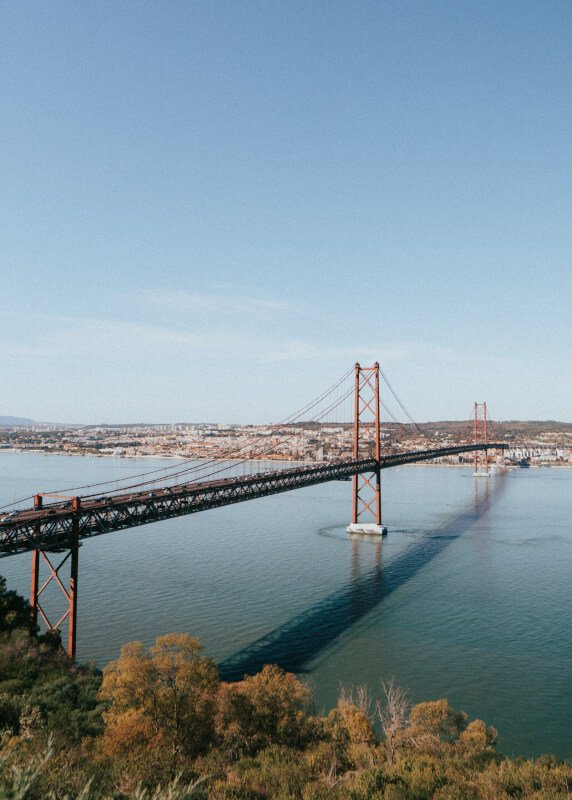Imagine having the ability to effortlessly inspect hard-to-reach areas or survey vast landscapes from the comfort of your office. Drones have rapidly gained popularity as an innovative tool for conducting inspections in various industries. From enhancing safety to reducing costs and increasing efficiency, drones offer numerous benefits. However, like any new technology, there are also potential drawbacks. In this article, we will explore the pros and cons of using drones for inspections, providing you with a comprehensive understanding of whether this cutting-edge technology is the right choice for your specific needs.

Pros of using drones for inspections
Efficiency and speed
Drones have revolutionized the field of inspections by offering a more efficient and speedy alternative to traditional methods. With the ability to fly at high speeds and maneuver through tight spaces, drones can significantly reduce inspection time. They can quickly navigate around structures and capture detailed data from various angles, allowing for a comprehensive assessment in a fraction of the time it would take a human inspector.
Cost-effectiveness
Using drones for inspections can also result in significant cost savings. Compared to traditional methods that often require large teams of human inspectors, drones require fewer resources. This reduction in manpower translates to lower labor costs and reduced need for expenses such as travel and accommodation. Additionally, drones can be deployed multiple times without incurring additional costs, making them a cost-effective option for regular inspections.
Safety
One of the most significant advantages of using drones for inspections is the improved safety they provide. By eliminating or reducing the need for human presence in hazardous environments, drones minimize the risk to human inspectors. They can access hard-to-reach areas such as rooftops, towers, and bridges, mitigating the dangers associated with working at heights or in confined spaces. This enhanced safety not only protects human lives but also ensures inspection work can be carried out more efficiently and effectively.
Access to hard-to-reach areas
Drones excel at accessing hard-to-reach areas that are otherwise difficult or dangerous for human inspectors to reach. For example, inspecting tall structures like skyscrapers or wind turbines can be time-consuming and risky for humans. Drones can navigate these heights with ease, capturing detailed imagery and collecting data without putting human lives at risk. Similarly, in the case of exploration or monitoring of inaccessible terrains or hazardous locations, drones provide an invaluable tool for gathering valuable data from remote areas.
Improved data collection and analysis
Using drones for inspections allows for improved data collection and analysis compared to traditional methods. Drones equipped with high-resolution cameras can capture clear and detailed imagery, providing a comprehensive visual record of inspected areas. This imagery is vital for identifying small defects or abnormalities that may not be noticeable to the naked eye. Additionally, drones can integrate with advanced analytics software, allowing for automated data analysis and detection of patterns or trends that could escape human observation. This comprehensive data collection and analysis enable more accurate assessments and more effective decision-making.
Cons of using drones for inspections
Regulatory challenges
The use of drones for inspections is not without its challenges, particularly regarding regulatory requirements. Depending on the jurisdiction, operators may need to obtain necessary permits and certifications to legally operate drones for inspections. Compliance with airspace regulations is crucial to ensure safe operations and avoid conflicts with manned aircraft. In some cases, sensitive areas may have increased restrictions on drone usage due to security concerns. Navigating these regulatory challenges can add complexity and time to the inspection process.
Limited payload capacity
Drones have a limited payload capacity, which can pose challenges when it comes to carrying heavy inspection equipment. This payload constraint restricts the types and sizes of instruments that can be used during inspections. For example, certain types of sensors or cameras may be too heavy for a drone to carry, limiting the range of data that can be collected. Additionally, limited battery life and flight time can further decrease the payload capacity, necessitating careful planning and prioritization of equipment during inspections.
Reliance on weather conditions
Another limitation of using drones for inspections is their reliance on favorable weather conditions. High winds, rain, or extreme temperatures can affect the stability and performance of drones, potentially compromising the quality of collected data. Weather conditions can also limit the window of opportunity for conducting inspections, particularly in outdoor or open-air environments. Inspections may need to be rescheduled or delayed due to unfavorable weather, causing potential disruptions to maintenance schedules or project timelines.
Technical complexities
Operating drones for inspections requires a certain level of technical expertise and knowledge. Pilots must possess a thorough understanding of drone flight controls, navigation systems, and imaging technologies. Troubleshooting and maintenance of drones also require specialized skills. Technical complexities can arise when integrating drones with existing inspection workflows or systems, necessitating training or additional investments in infrastructure. To ensure reliable and accurate inspections, operators must continuously update their skills and be prepared to address technical challenges that may arise during operations.
Privacy concerns
The use of drones for inspections raises valid concerns regarding privacy. Drones equipped with cameras can unwittingly intrude upon personal privacy if used without proper safeguards or permissions. Unauthorized data collection from private properties or individuals can potentially infringe upon privacy rights. As the technology advances, there is also a risk of recorded information being misused or falling into the wrong hands. Proper understanding and adherence to privacy regulations and ethical guidelines are essential to address these concerns and maintain public trust in the use of drones for inspections.
In conclusion, the use of drones for inspections brings numerous benefits and advantages. The efficiency, cost-effectiveness, safety, access to hard-to-reach areas, and improved data collection and analysis make drones a valuable tool in various industries. However, challenges such as regulatory requirements, limited payload capacity, reliance on weather conditions, technical complexities, and privacy concerns must be carefully addressed. By understanding and overcoming these challenges, the widespread adoption of drone technology for inspections can lead to more efficient, safer, and more accurate inspection processes.



